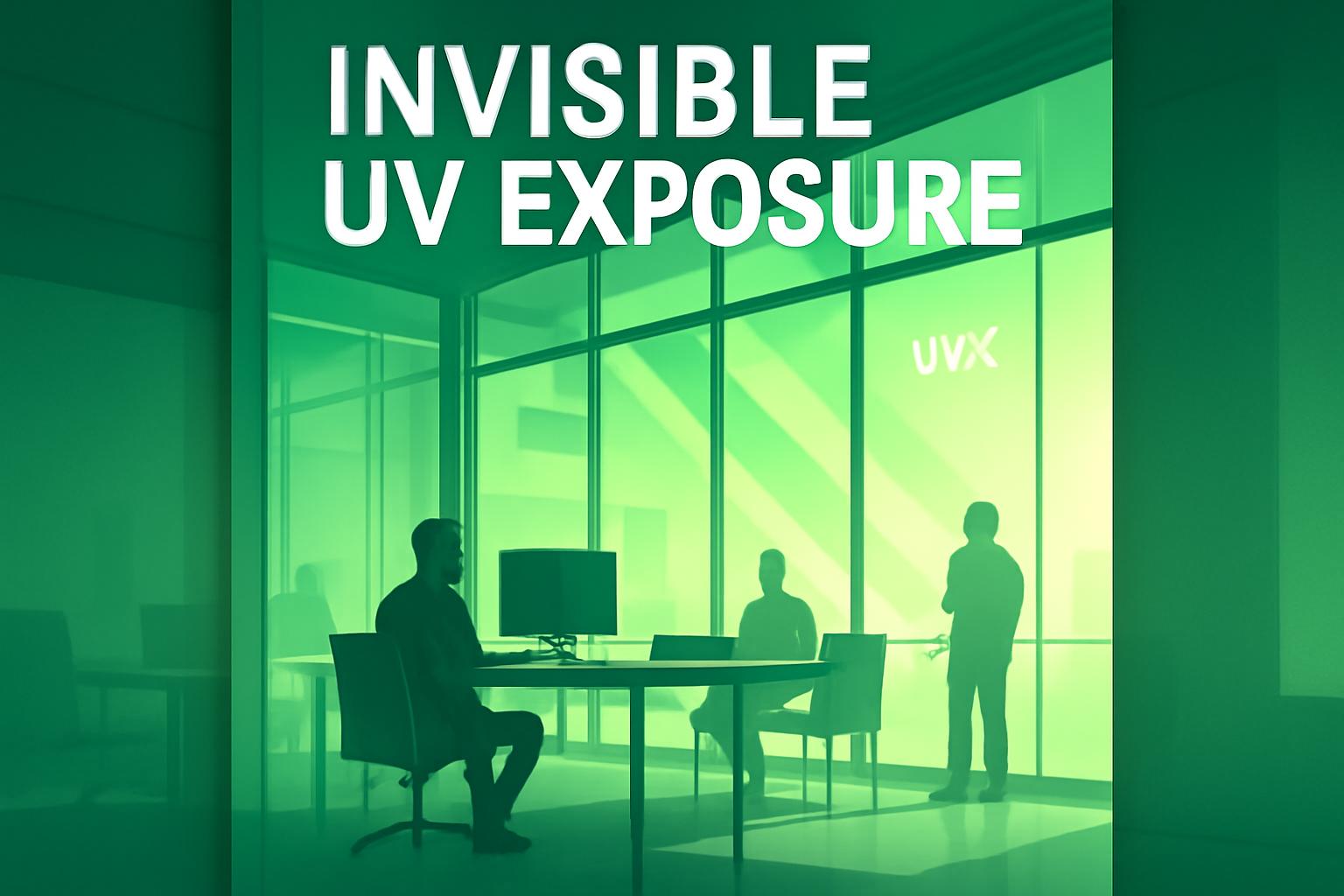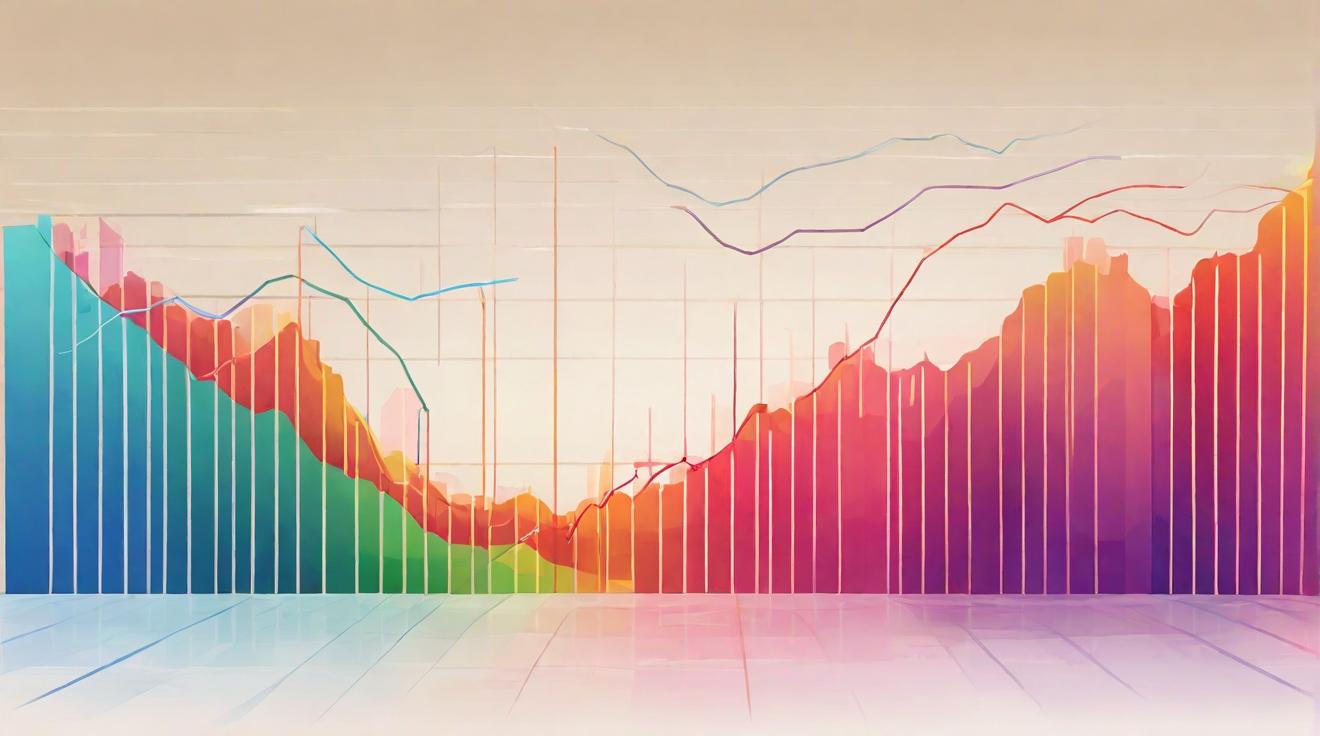Invisible UV Exposure Indoors: A Hidden Skin Health Threat
Skin cancer remains a prevalent health concern across the United States, yet misconceptions about sun protection persist. Dr. Adam Friedman, professor and chair of dermatology at GW School of Medicine and Health Sciences, highlights critical gaps in public understanding, particularly regarding sunscreen use and UV exposure.SPF Protects Against UVB But Not UVA Rays
A common misunderstanding involves what the Sun Protection Factor (SPF) actually shields against. Dr. Friedman explains that SPF ratings measure protection only from ultraviolet B (UVB) rays, the type responsible for sunburns.“SPF only refers to UVB, the type [of sun rays] that burn,” said Dr. Friedman. “It doesn’t factor in ultraviolet A radiation which can penetrate deeper into the skin than UVB rays.”
UVA Rays Penetrate Windows — Indoor Exposure Is Real
Dr. Friedman warns that UVA rays easily pass through glass, meaning individuals sitting near windows can be exposed unknowingly.“It’s kind of the silent killer. You’re getting exposed and being harmed, and don’t even feel or know about it.”
Dr. Adam Friedman, Professor and Chair of Dermatology at GW School of Medicine and Health SciencesBroad-Spectrum Sunscreen and Reapplication Essential
To mitigate these risks, dermatologists advocate for sunscreen products that offer broad-spectrum protection, guarding against both UVA and UVB rays. Dr. Friedman recommends using sunscreen with SPF 30 or higher, aligning with American Academy of Dermatology guidelines. He emphasizes the importance of applying enough product to achieve effective protection.“I do push for higher SPFs. There’s really no difference in the feel and the texture or cost. It’s more that I know you’re not going to put the right amount on, so at least it keeps you in a range that is still going to be effective,” Dr. Friedman explained.
Raising Awareness on Indoor UV Risks
Public education must evolve to include the risks of indoor UVA exposure. Many remain unaware that sitting by a window can contribute to cumulative skin damage.FinOracleAI — Market View
The dermatology sector is witnessing growing demand for advanced sun protection products that address both UVA and UVB exposure, including formulations optimized for indoor use. Consumer education drives market growth, while regulatory agencies may increase standards for broad-spectrum labeling.- Increased consumer demand for broad-spectrum and high-SPF sunscreens.
- Innovation opportunities in window coatings and protective films that block UVA rays.
- Risks of consumer confusion regarding SPF and UVA protection leading to product mistrust.
- Potential regulatory tightening on sunscreen efficacy and labeling standards.
- Growth in wearable UV monitoring devices to raise individual awareness.













